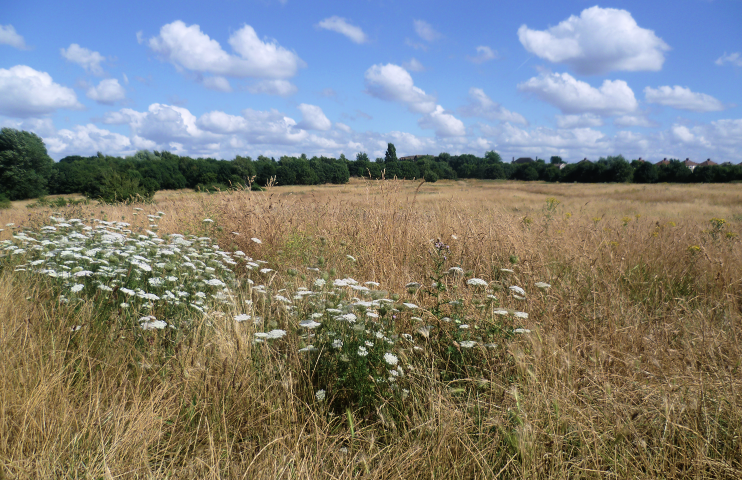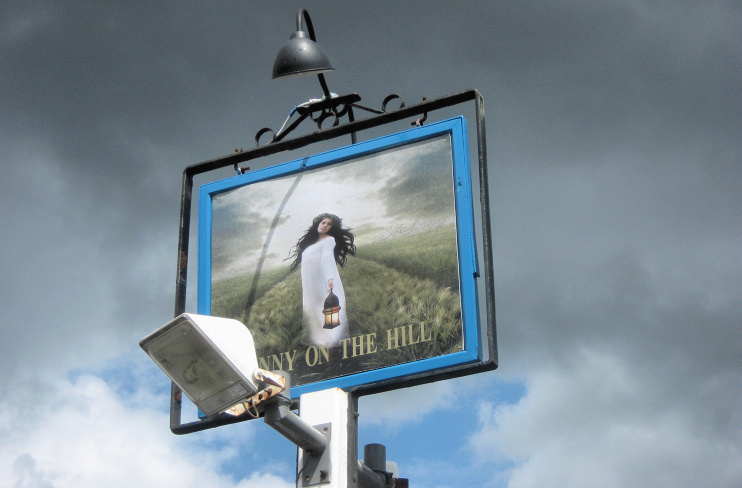East Wickham
East Wickham, Bexley
A former medieval manor that became part of suburban north Welling between the wars

‘Wikam’ was first mentioned in 1240 and the reference almost certainly indicated a homestead associated with an earlier vicus, a Romano-British settlement that probably stood on Watling Street. ‘Estwycham’ was recorded in 1284, the prefix distinguishing the hamlet from West Wickham, which lies nine miles to the south-west.
St Michael’s church is of 13th-century origin, although its west end was rebuilt in the 19th century. William Foster bequeathed funds for a school that was established on Upper Wickham Lane in 1727. Both the school and its buildings survive but in different places: the school has moved to Westbrooke Road, while its main building and the schoolmaster’s house have been converted for residential use. The farmhouse at East Wickham Farm has a façade dating from 1843 but, like the church, its timbers are much older.
In 1916 the Woolwich Arsenal erected the East Wickham hutments, an estate of prefabricated homes for wartime munitions workers, with amenities that included a theatre but excluded decent sanitation. Bexley council built 426 houses on the fields of East Wickham Farm in 1922, while private developers laid out neighbouring estates.
Over a ten-year period from 1928, three schools opened and a new St Michael’s church was built. The medieval church is now used by a Greek Orthodox congregation and its brasses and other removable fittings have been transferred to the modern church.

During the 1950s the surviving fields of East Wickham Farm were used as a landfill site, primarily for rubble from wartime bomb sites. An 84-acre area has since been levelled and planted with grass, with part being left to grow wild – as shown in the photograph at the top of the page. The amenity is properly called East Wickham open space but is sometimes known as ‘Fanny on the Hill park’, after a public house that stood nearby.
The pub was said to derive its name from a barmaid at an earlier hostelry who would shine a lamp to tell Dick Turpin that the coast was clear. However, the original Fanny is more likely to have been Anne Muirhead, who ran the White Horse beerhouse for about 20 years in the mid-19th century. The Fanny on the Hill was closed by the authorities in 2014 and has since been replaced by a small block of apartments.
The East Wickham ward has an overwhelmingly white population, with a high level of home ownership but low educational attainment. The large number of pensioners accounts for the relatively high average age of 40 years.
The musician Kate Bush grew up at East Wickham Farm and continued living here with her family for some while after her early success.
Postal district and postcode area: SE18 and Welling DA16
Population: 10,858 (2011 census)
Further reading: Peter Tester, East Wickham and Welling, Bexley Local Studies and Archive Centre, 1991
